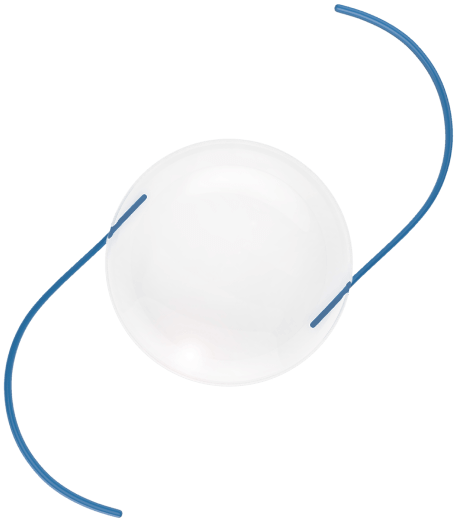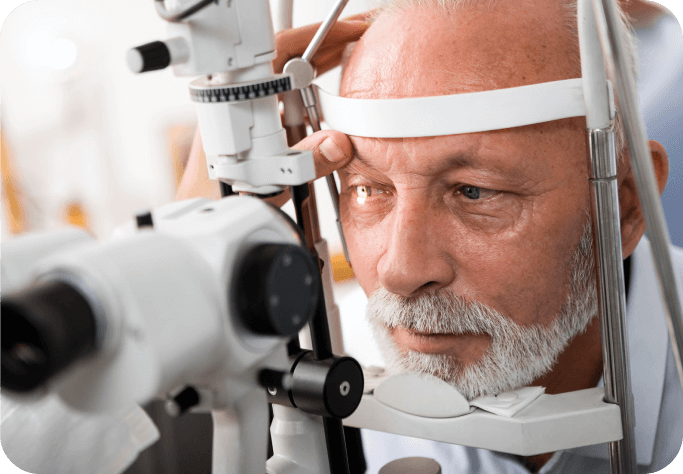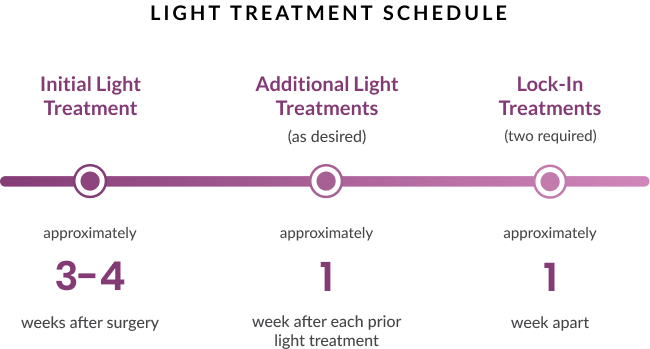What is a Cataract?

How are Cataracts Treated?

Selecting the Right IOL
Until very recently, all IOLs were fixed lenses, without the ability to be adjusted after surgery. In this traditional workflow, your eye doctor uses pre-surgery eye measurements to estimate the power and type of fixed IOL he or she thinks will provide you with the best vision after surgery.

Light Adjustable Lens From RxSight®

How Does the Light Adjustable Lens Work?

How Does the Light Adjustable Lens Work?

Surgical Implantation


After Cataract Surgery
After your Light Adjustable Lens has been implanted in your eye, it is adjusted to deliver the customized vision you desire.
Following surgery there are two major differences with an adjustable lens compared to a fixed lens:

UV Protective Glasses

How Are the Light Treatments Performed?

Light Treatment Schedule

Who Can Benefit?

Important Safety Information
Approved use: The Light Adjustable Lens and Light Delivery Device (LDD) system is approved for patients who have a cataract and need surgery for it, have corneal astigmatism (at least 0.75 diopters) before surgery, and do not have preexisting macular disease.
Who should not receive this treatment? The Light Adjustable Lens and LDD system should not be used if you are taking medications that may increase your sensitivity to ultraviolet (UV) light; if you are taking a medication that is considered harmful to your retina; if you have a history of herpes eye infection or uncontrollable eye movements (nystagmus); or if you are unable to comply with your doctor’s schedule of LDD light treatments and instructions for wearing special UV-protective glasses for several weeks following cataract surgery.
What warnings should I be aware of? Preexisting macular disease and certain eye conditions may increase the risk of complications. Your doctor will determine if you are a good candidate for the Light Adjustable Lens. If you have any complications during your cataract surgery before the Light Adjustable Lens is implanted, you may need to have another intraocular lens (IOL) implanted instead of the Light Adjustable Lens.
What precautions should I be aware of? The safety and effectiveness of the Light Adjustable Lens and LDD have not been established in patients with certain preexisting eye conditions or in patients who experience certain complications during cataract surgery. You should discuss these issues with your doctor. Following surgery, you must wear the special UV-protective glasses during all waking hours for about 4 to 5 weeks and comply with your doctor’s schedule of LDD light treatments. Failure to wear the UV-protective glasses can result in an unpredicted vision change or loss of vision quality after exposure to UV light, such as from sunlight. This may require a second surgery to remove the Light Adjustable Lens from your eye and replace it with another IOL.
What are the potential risks? As with any surgical procedure, there are risks associated with cataract surgery and IOL implantation. Please discuss these risks with your doctor. Potential risks associated with LDD light treatments include mild alterations to color perceptions; temporary scratchiness, irritation, or dryness to the front part of your eye; and activation of a previously undiagnosed herpes eye infection. Longer lasting and serious adverse events related to the UV light exposure are possible, but rare. There is a small chance that your vision could be made worse or that you may require additional surgery as a result of a complication.
Caution: Federal law restricts this device to sale by or on the order of a physician.

